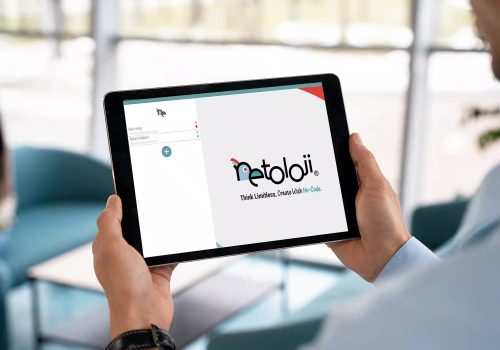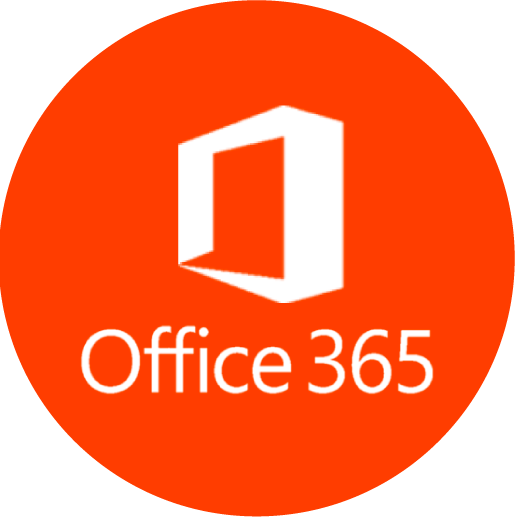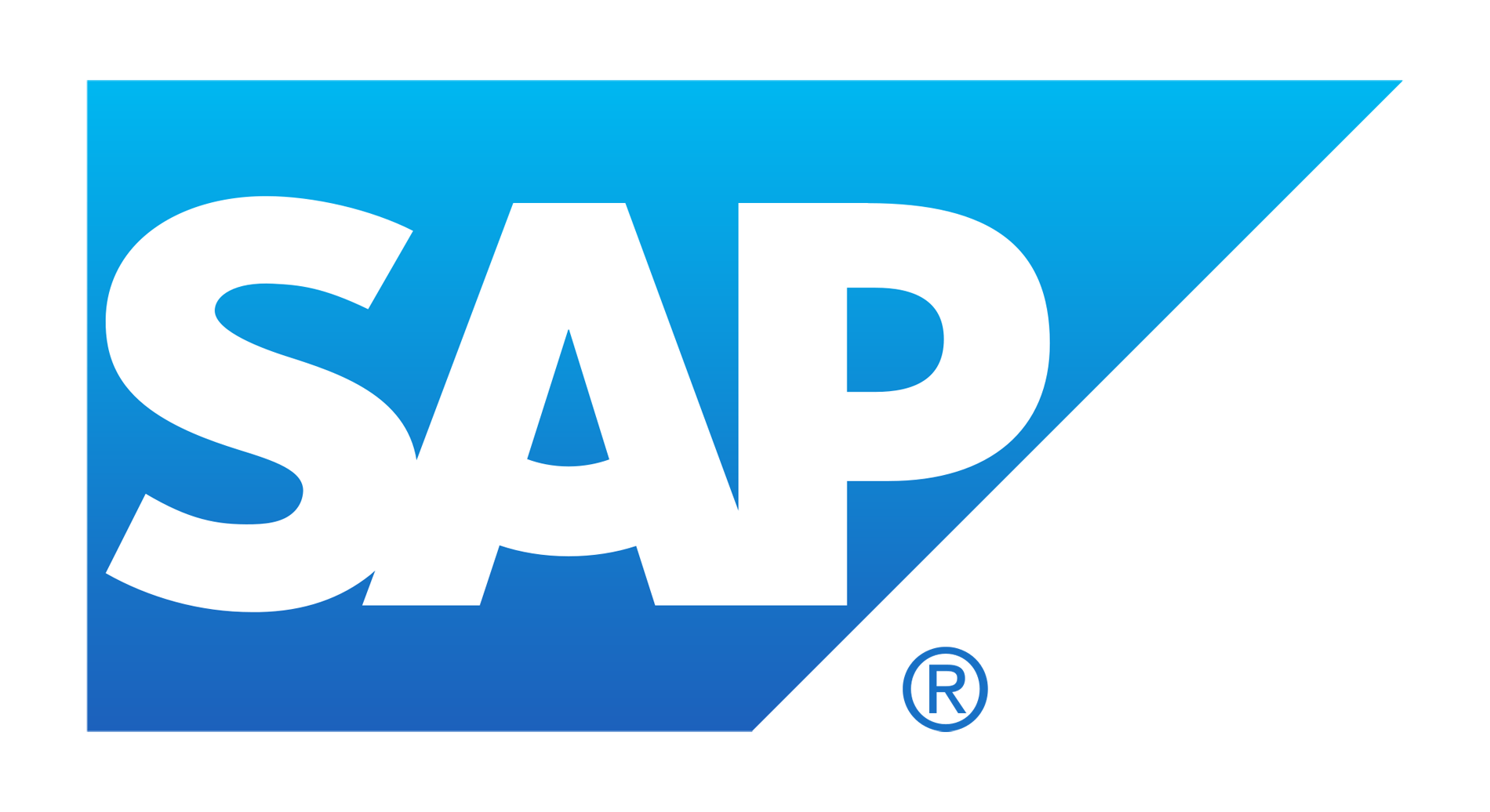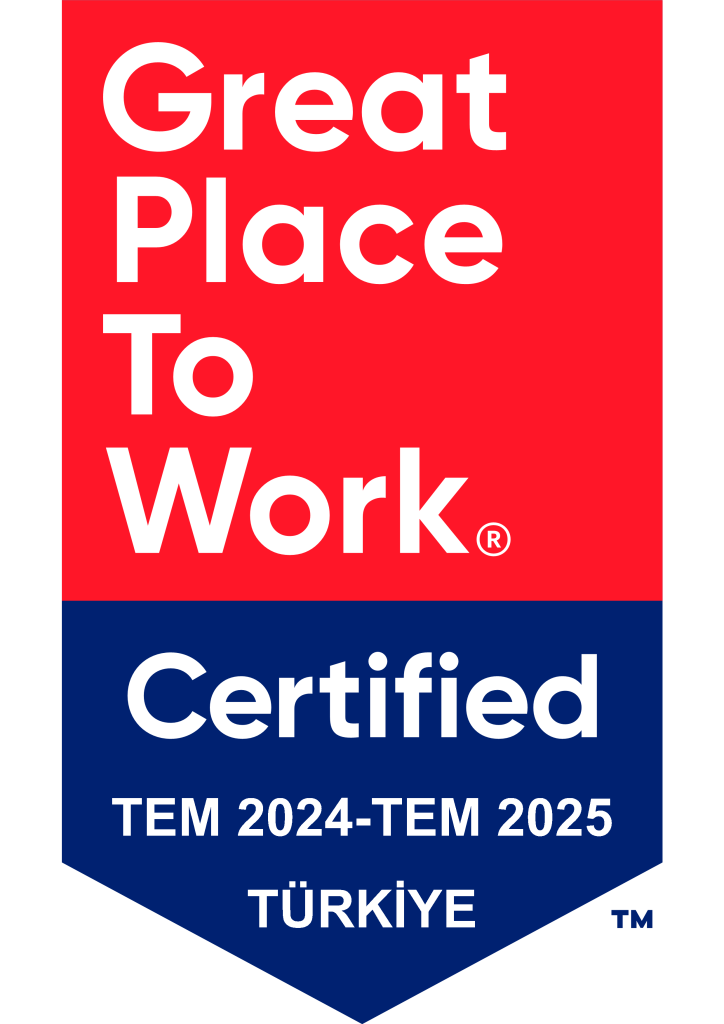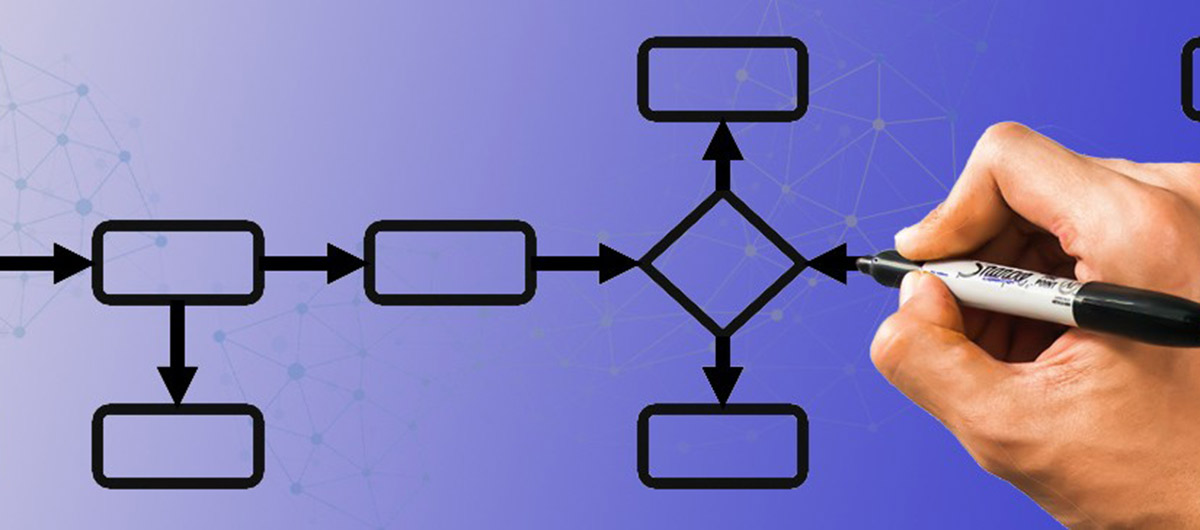
Even the most advanced business process management (BPM) system, cannot operate without human interaction. The number of fully automatable processes vary from industry to industry and organisation to organisation, but it’s usually less than the number of processes with human tasks. For instance, if you want to send money to someone from your bank account electronically, your request can be completed by a process, which does not require human interaction. The business process automatically checks your account balance and receiver information and executes or postpones or cancels it.
But what if the defined fee for money transfer changes? This is a change of business rule and this information should be delivered to the BPM system by a human actor, which has the administrator role. Fully automated processes are efficient and great, but they can not solve all the problems they encounter without human intervention. Interactive Voice Response (IVR) systems deliver satisfying results in many cases but the number of customers, who needs to reach out to an agent is considerably high.
For not fully automated business processes, human interaction is inevitable after all. After you submit your credit application, there are cases where you may get an automated reply and where you may not. In near future, artificial intelligence may get more involved into process execution and make much higher levels of automation possible, but for today, we keep relying on human and their decisions. Therefore, human resource stands in the heart of a well-structured BPM system.
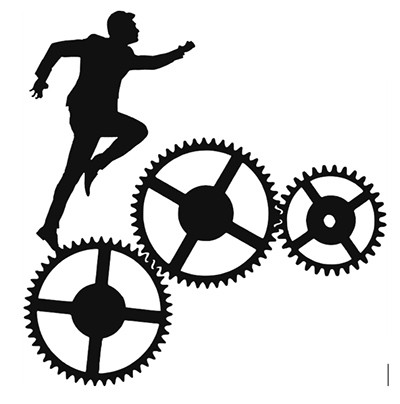
Here are some of the functions, which are carried out by human actors:
- Analysing reports, documents and measurements
- eating meaningful texts like commentary, agreement, contracts
- Evaluating alternative scenarios and options and making decisions
- Taking approval, denial, return or task specific actions
Human plays the leading role here, but don’t forget: %90 percent of plane crashes and workplace accidents and %70 percent of car accidents occur due to human failure. Experience, emotions and its ability to decide while differentiating between alternatives, makes human open to mistakes and essential at the same time. Human nature and psychology must be considered, while designing a business process management system, so we can benefit from its abilities and avoid its mistakes systematically and methodically.
You can find some ideas to shape up the human – process relation efficiently:
Design processes, which do not forget
Forgetting is very human and forgetting something while executing a business process can be fatal. Ensure, that all the controls for each task are completed by the business process management system. For example, if attaching a document to task-form is mandatory for the completion of a task, don’t let the user to proceed before doing so. And don’t forget to display a clear, descriptive warning about the issue to the user.
Include all the data in the process dataset, to support the human user
Human users play a key role for many business processes as decision maker. To make solid and proper decisions, they need data. Incomplete or misleading information can have negative effect on the total performance of the enterprise. Don’t skip any data crucial for the process and activate all the instruments necessary to simplify the decision making. For example, a decision support system can make the evaluation of a large dataset easier, by summarizing or transforming it into a compact form. But do not include any data, which is irrelevant with the task or exceeding the authority of the task user.
Define realistic deadlines for task completion
Analyse the limits of your resources and the structure of tasks in your processes. Setting unrealistic goals and deadlines may misguide you about your process reviews and pull the motivation down in your organisation by spreading the feeling of failure among your employees. If your process deadlines are realistic but success rate is low, review your resource planning or the process design.
Send informal notifications
Your users are the ones, who are dealing with the execution on the field. You may think, your process design is perfect, but you may need review your process, if you receive feedbacks about improvement of the execution. Do not miss out any of them, sometimes a simple touch can change a lot and let them know, their ideas are being considered. Keep looking for ways to encourage your users to actively contribute to optimization of business processes.
Pay attention to feedbacks
Your users are the ones, who are dealing with the execution on the field. You may think, your process design is perfect, but you may need review your process, if you receive feedbacks about improvement of the execution. Do not miss out any of them, sometimes a simple touch can change a lot and let them know, their ideas are being considered. Keep looking for ways to encourage your users to actively contribute to optimization of business processes.
Document your business processes
Document all the procedures, directions, information and rules about how to complete each task of your processes in detail. The transfer of knowledge, which is necessary to complete a task, to new members of any user role, will be easier through clear, well structured documentation. Use a simple language to create your documentation, assuming your readers have no or limited experience with your BPM system. It’s a good idea to include visuals in your documentation, since 65% of people are visual learners.


